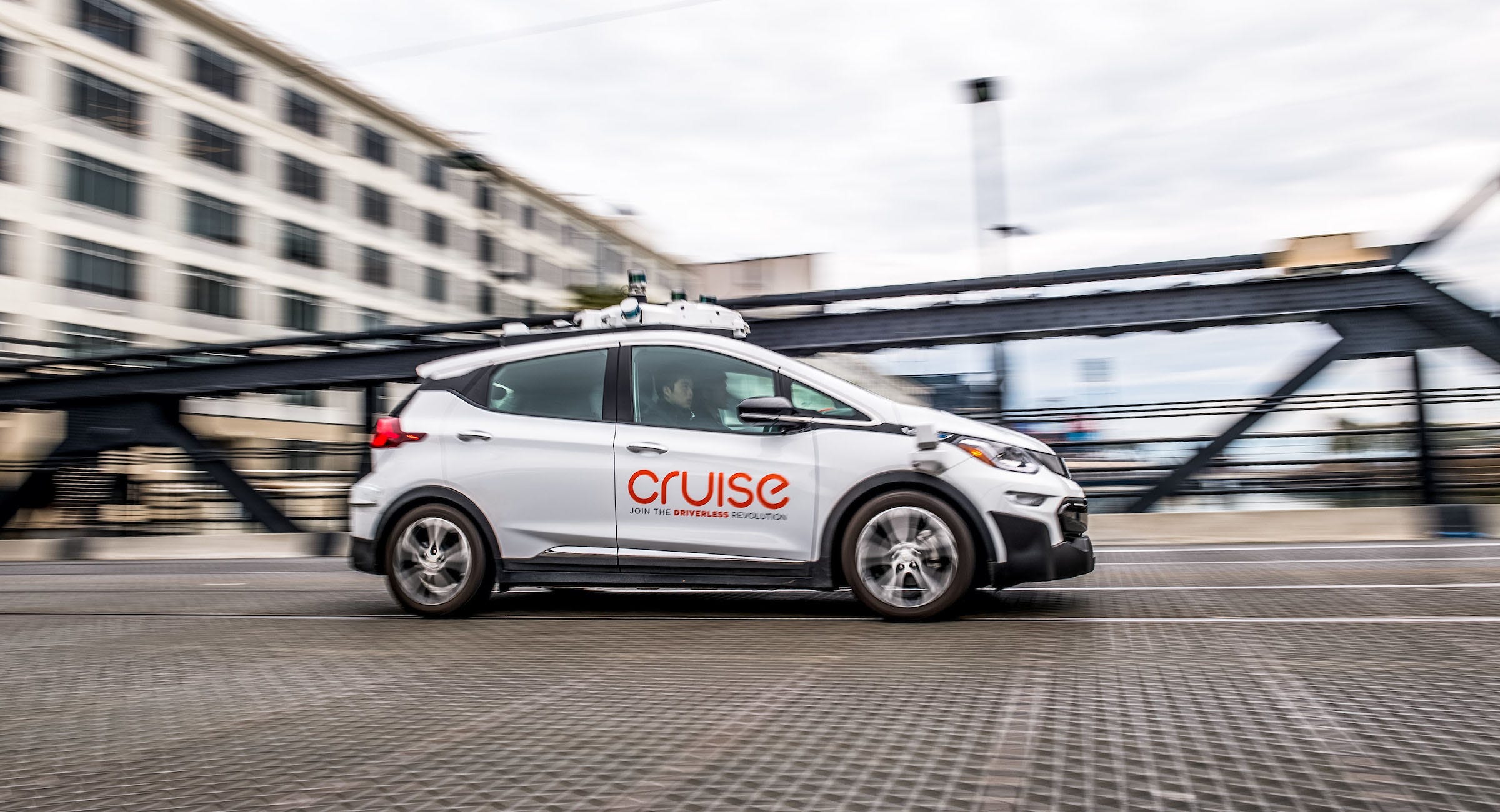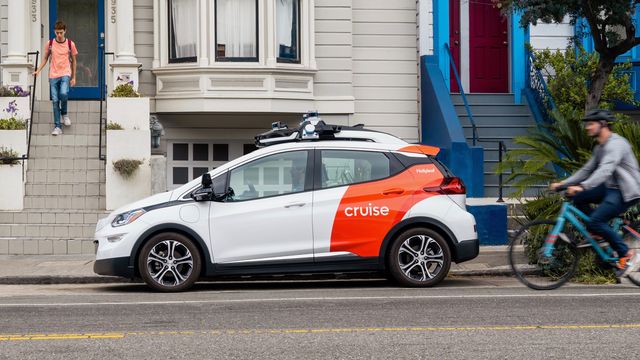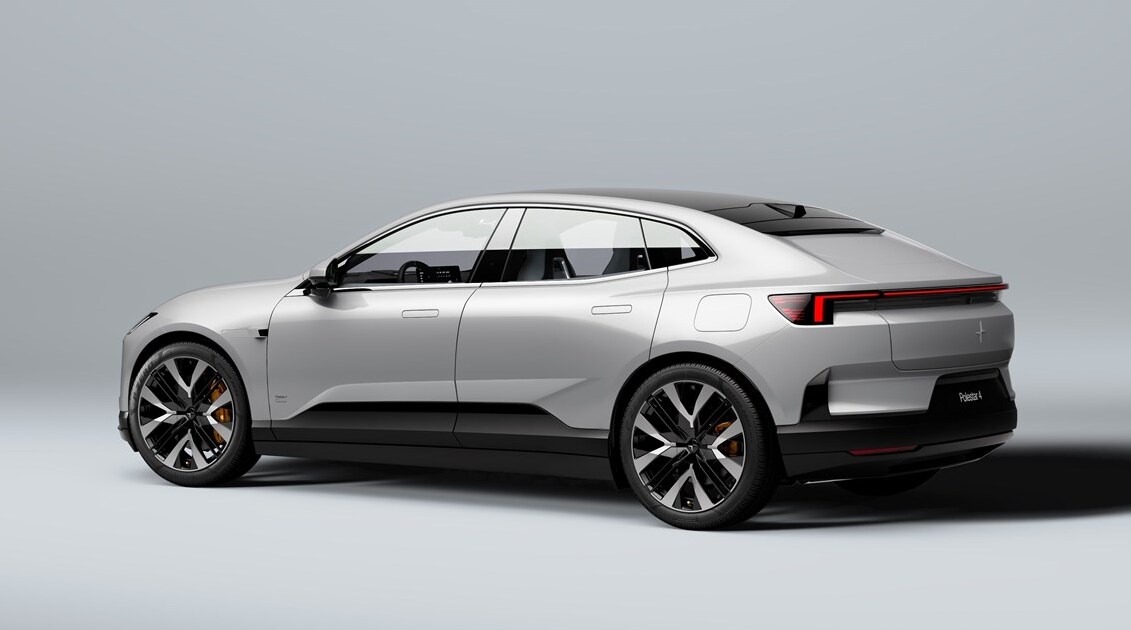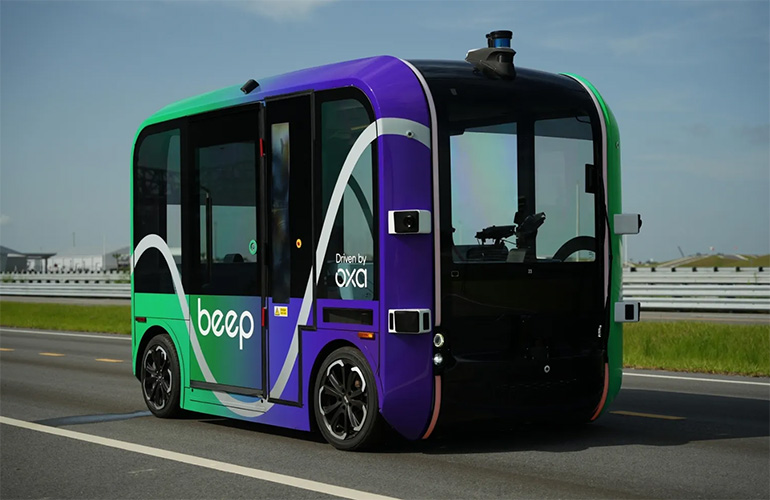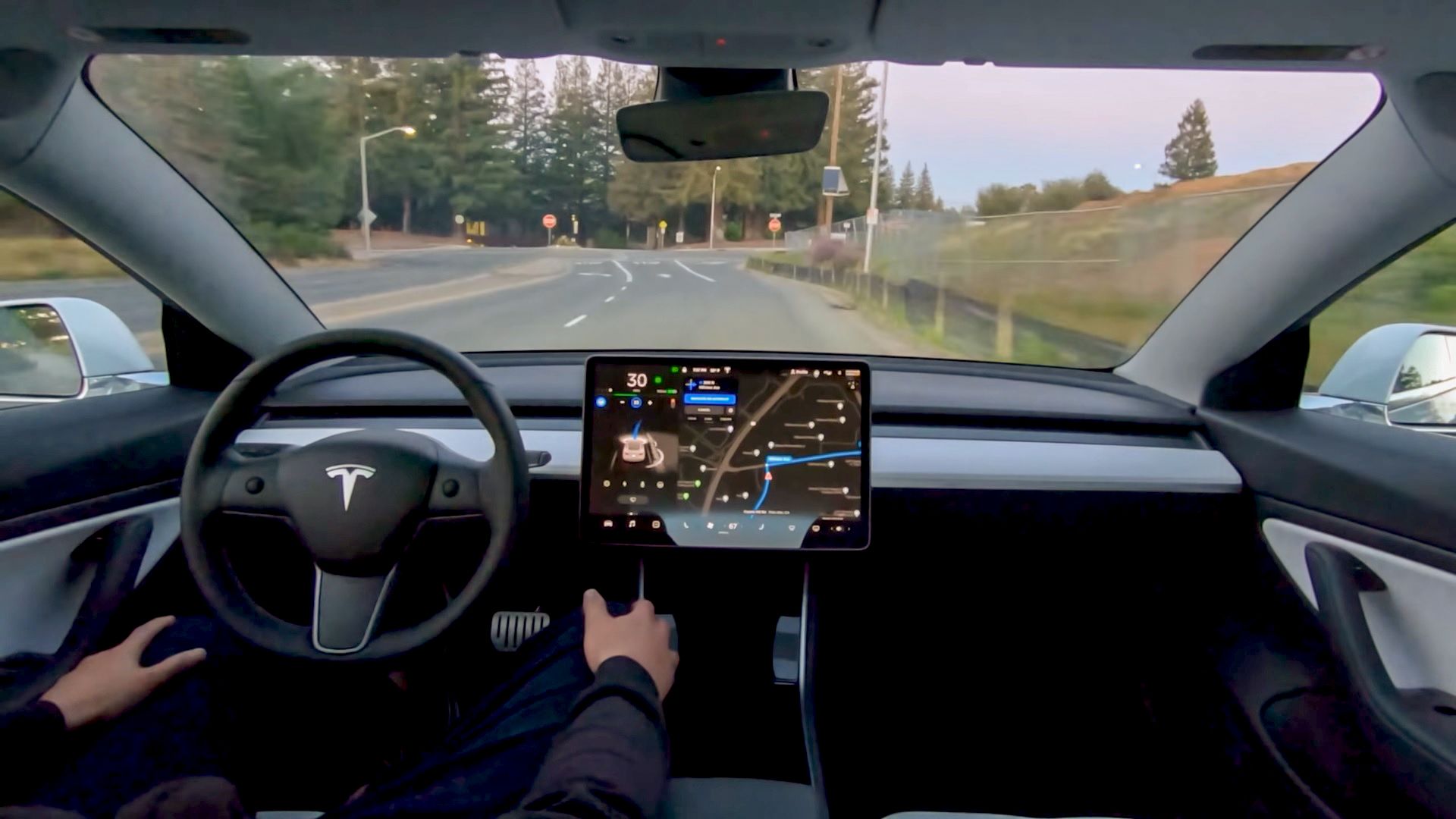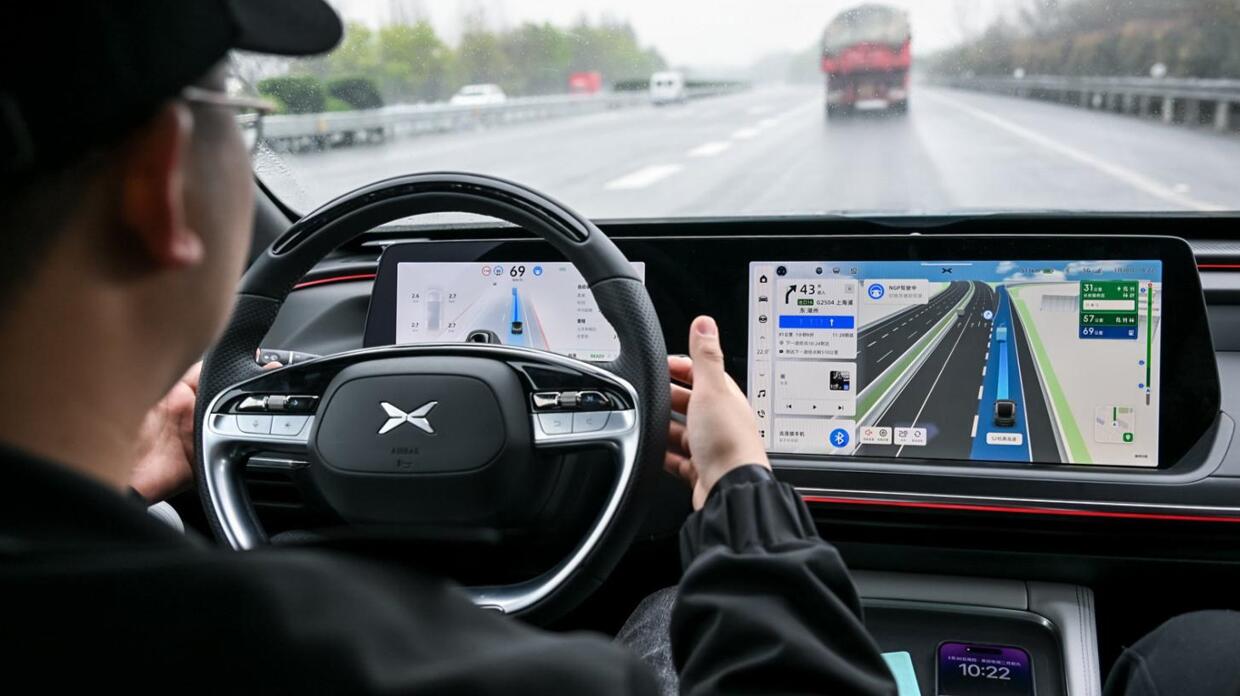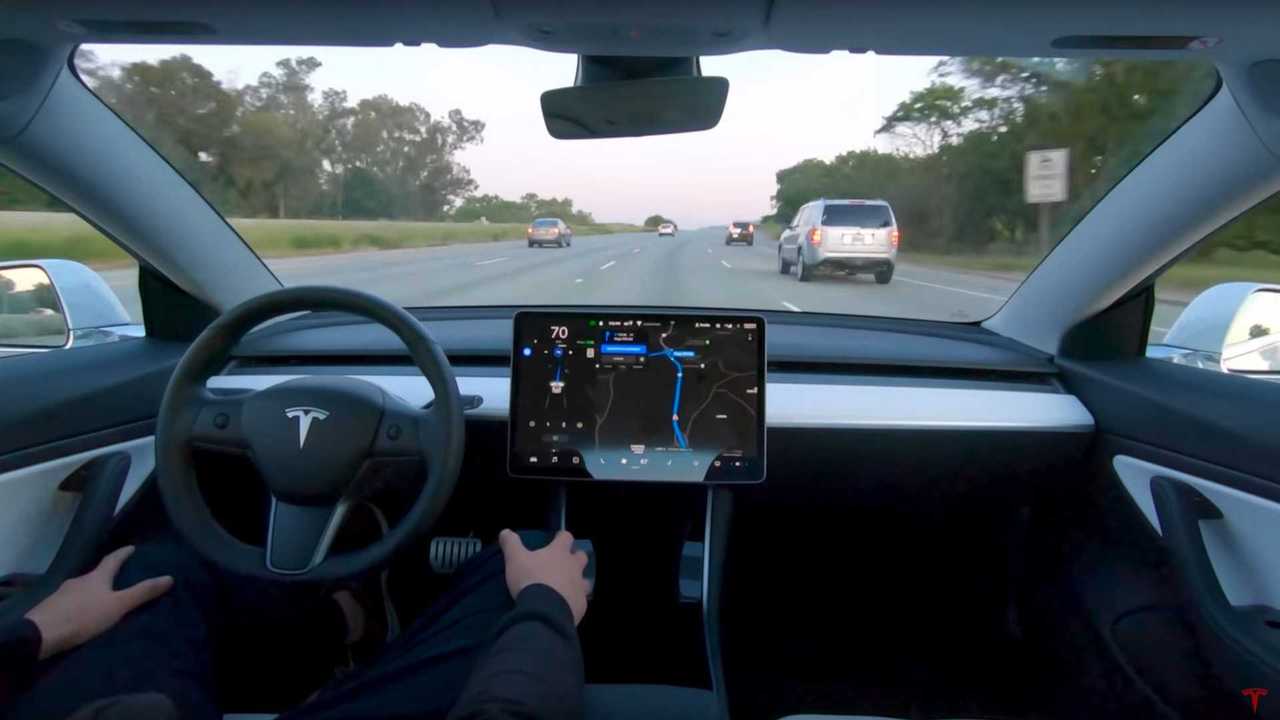The California Public Utilities Commission’s (CPUC) recent decision to greenlight continuous paid robotaxi operations by Alphabet’s Waymo and GM’s Cruise in San Francisco has sparked discussions about the readiness of self-driving technology. While the move marks a significant step towards autonomous transportation, a recent incident involving Cruise AV robotaxis has highlighted potential challenges in achieving seamless and reliable service.
Following the CPUC’s decision on August 10, both Waymo and Cruise received the green light to offer around-the-clock paid rides with their self-driving fleets. This groundbreaking approval allows for unrestricted deployment of self-driving vehicles, aiming to pave the way for a new era of urban transportation.
However, recent events have underscored the evolving nature of self-driving technology. Last Friday night, a fleet of 10 Cruise AV robotaxis encountered wireless connectivity issues, causing them to come to a halt in San Francisco’s North Beach area. The unexpected stoppage led to traffic congestion and raised concerns about the technology’s ability to handle unforeseen challenges.
Hi @friscolive415 – A large festival posed wireless bandwidth constraints causing delayed connectivity to our vehicles. We are actively investigating and working on solutions to prevent this from happening again. We apologize to those who were impacted.
— cruise (@Cruise) August 12, 2023
Cruise addressed the incident via a response on social media network X (formerly Twitter), attributing the connectivity problem to wireless bandwidth constraints stemming from a nearby music festival. The company stated, “A large festival posed wireless bandwidth constraints causing delayed connectivity to our vehicles. We are actively investigating and working on solutions to prevent this from happening again. We apologize to those who were impacted.”
This incident has prompted concerns among skeptics, including members of the San Francisco Board of Supervisors. Aaron Peskin, the board’s president, expressed apprehension about the implications of relying solely on self-driving vehicles during critical situations such as power outages, natural disasters, or events that strain cellular networks. Peskin stated, “What this says to me is when cell phones fail, if there’s a power outage or if there’s a natural disaster like we just saw in Lahaina that these cars could congest our streets at the precise time when we would be needing to deploy emergency apparatus.”
In response to these concerns, Peskin announced the city’s intention to petition the CPUC to reevaluate the approval for 24/7 robotaxi operations. He also mentioned the possibility of appealing to the Department of Motor Vehicles (DMV) if necessary. While emphasizing that the goal is not to hinder progress, Peskin emphasized the importance of prioritizing public safety.
Well, here are about ten @cruise driverless vehicles stopping traffic dead on Grant Avenue and spilling over to Columbus Avenue and Vallejo Street. I don’t remember voting for this. Do you? @SFFDPIO pic.twitter.com/C9ow7lWD0m
— 🅸🆃’🆂 🅵🆁🅸🆂🅲🅾︎ (@Gregster56) August 12, 2023
The incident has ignited discussions about the balance between technological advancement and ensuring robust safety measures within the realm of autonomous transportation. As the industry continues to evolve, regulators, companies, and local authorities must collaboratively address challenges to ensure a seamless and secure transition to self-driving technology. The incident underscores the significance of ongoing research and development to enhance the reliability and resilience of self-driving systems.

